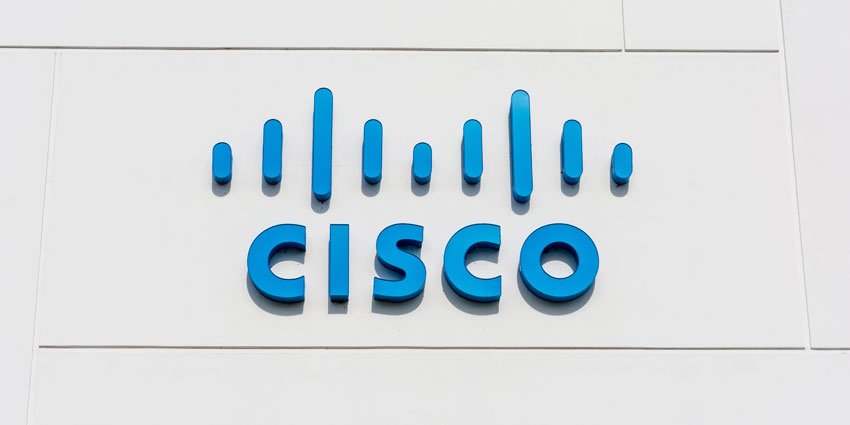Gartner is encouraging businesses to enter into the machine customer “megatrend” which it calls “one of the biggest new growth opportunities of the decade”.
The introduction of machine customers will be viewed as a more significant technological milestone than the advent of digital commerce, according to Gartner.
In a new book by Gartner, “When Machines Become Customers”, analysts conclude that machine customers will be used in a number of business and consumer purchases. They also dissect the main challenges and opportunities that companies will face and offer advice on how they should act.
Don Scheibenreif, VP Analyst at Gartner, said:
The machine customer era has already begun. There are more machines with the potential to act as buyers than humans on the planet.
“Today, there are more than 9.7 billion installed IoT devices, including equipment monitoring, surveillance cameras, connected cars, smart lighting, tablets, smartwatches, smart speaker, and connected printers.
“Each of these has a steadily improving ability to analyze information and make decisions.
“Every IoT-enabled product could become a customer. In fact, Gartner predicts that by 2027 50% of people in advanced economies will have AI personal assistants working for them every day.”
Gartner advises that executives should work together to prepare for the machine customer revolution. This preparation will include numerous areas within businesses.
For example, legal officers will need to determine what ways the company can implement the technology with its customers. CIOs will need to manage the construction of the machine learning platforms to ensure they can effectively serve customers. Marketing officers will need to reappraise customer needs. HR, supply, and revenue officers will also need to project the ways in which machine customers will affect their businesses.
The Machine Customer Evolution
Gartner divides the machine customer evolution into three phases. The first phase, “bound customers”, which we are currently in, is defined by performing limited functions on the owner’s behalf i.e. machines executing rules created by people. Examples of this can be seen in Tesla’s cars, Amazon Dash Replenishment, and HP Instant Ink.
In the second phase, “adaptable customers”, AI can decide to act on a human’s behalf for selected tasks, but people will still be setting the rules. Gartner cites robotrading and autonomous vehicle systems as examples of this.
In the third phase, “autonomous customers”, machine customer AI will be able to act independently of humans, controlling most processes involved within a transaction.
Scheibenreif commented: “What the machine customers from each phase have in common is that they will make decisions differently from humans in three ways.
They are logical and will make decisions based on rules that may or may not be transparent. Second, they can also process large amounts of information. Lastly, machines focus on completing tasks efficiently and without emotion, and they can’t be influenced by being ‘wine and dined.’
Gartner reported that CEOs believe up a fifth of their companies’ revenue will result from machine customers by 2030.
Earlier this month, Gartner forecast that 20 percent of contact center traffic will come from machine customers by 2026.
In August 2022, the company also predicted that conversational AI will automate six times more agent interactions by 2026 than it did then.







